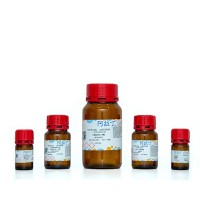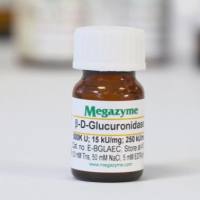Assaying sequence-specific DNA–protein complex formation in vitro often involves the use of specific labelling or modification of the components of the complex to provide unique signals that can be used to assess the affinity of the interaction. Surface plasmon resonance (SPR) spectroscopy is an optical technique that can be used without radio- or other labelling of the components of a complex provided that one of the partners can be immobilised to a solid support. For DNA oligonucleotides this can easily be achieved by the incorporation of a biotin end label, but proteins can also be immobilised if they carry conventional tags for affinity purification, such as GST or polyhistidine extensions. The SPR effect relies on changes in the refractive index of solutions adjacent to the immobilised surface and is extremely sensitive. The continuous flow systems developed by BIAcore AB (now GE Healthcare Biosciences AB) permit real-time recording of the binding and dissociation of analyte species to the immobilised ligand, resulting in both rapid stoichiometric kinetic, affinity, and thermodynamic measurements. These assays can be carried out with complex mixtures of analytes, providing a powerful addition to the techniques available to probe such interactions. We illustrate the use of such assays here using the example of the E. coli methionine repressor, MetJ, which is also described in Chapters “Filter-Binding Assays” and “Ethylation Interference Footprinting of DNA–Protein Complexes.”






